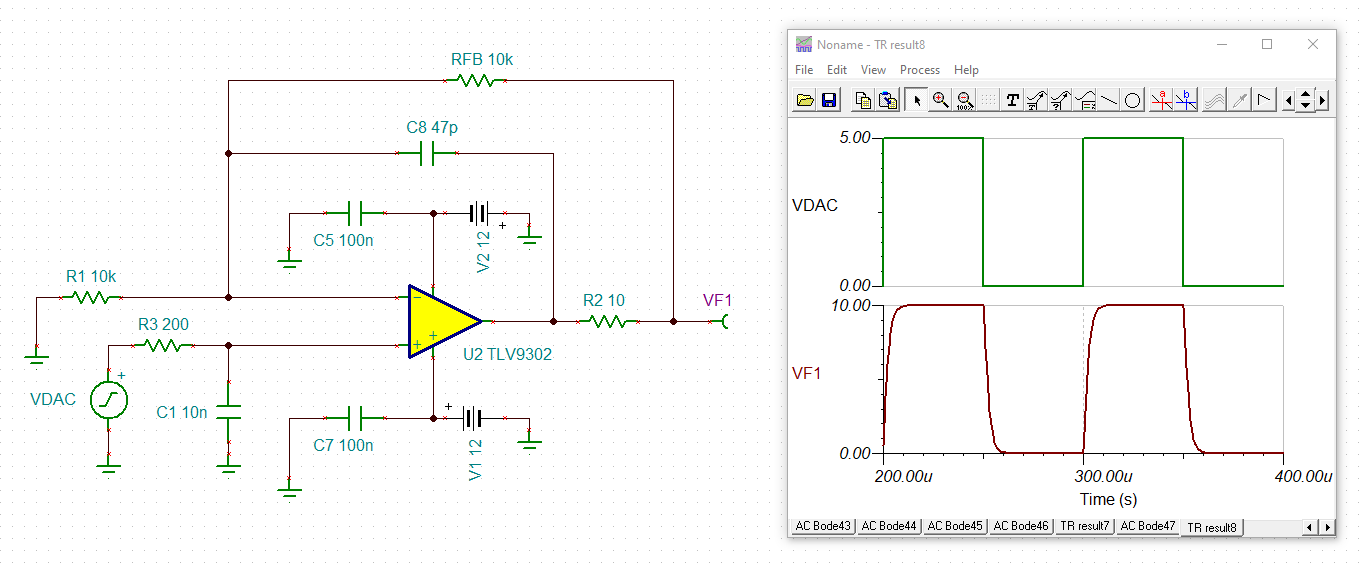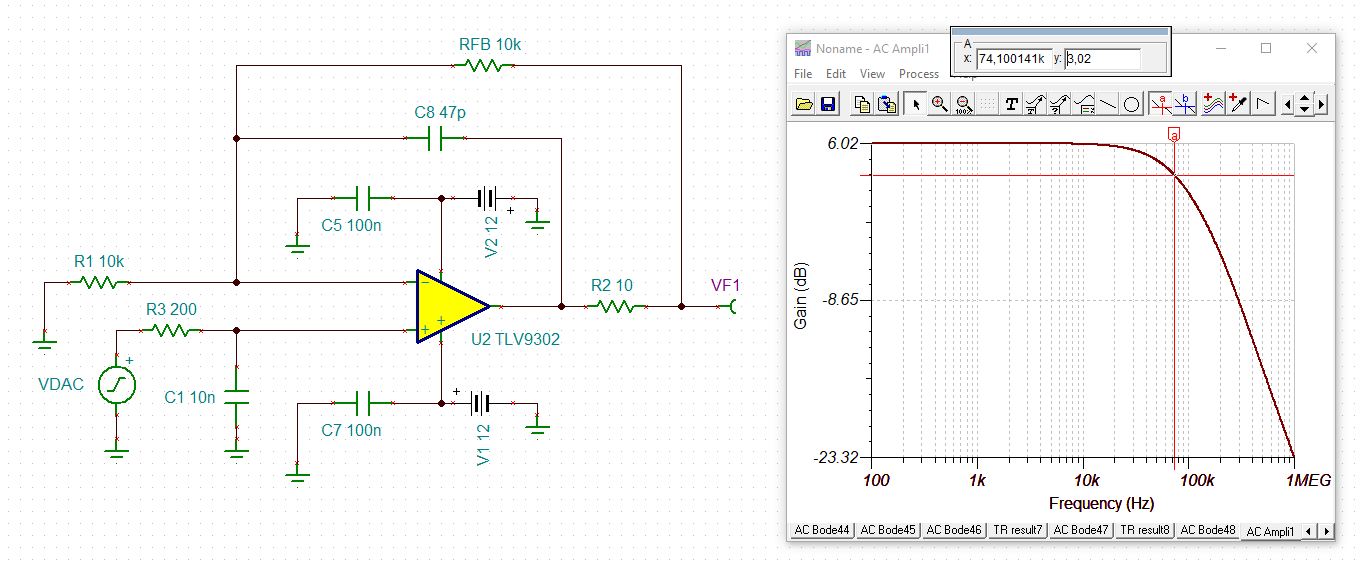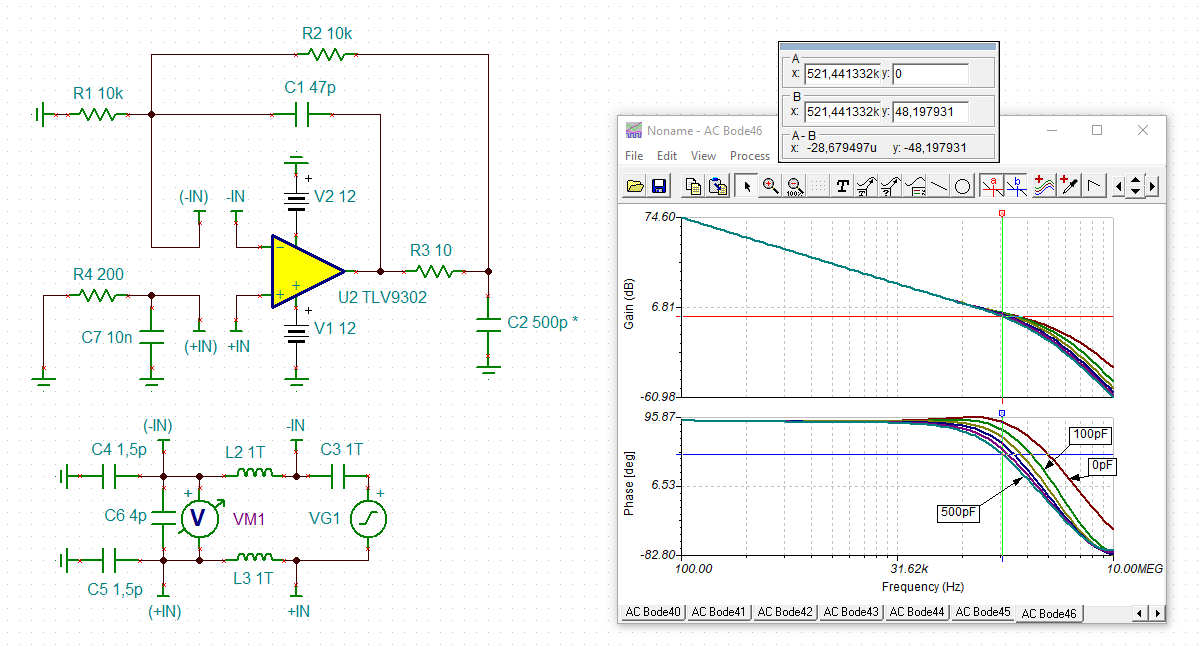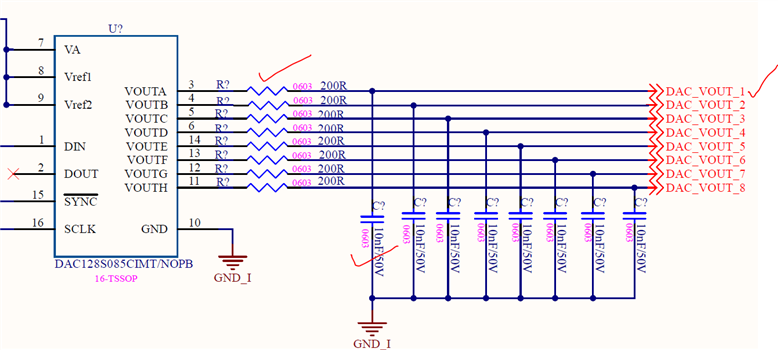Other Parts Discussed in Thread: DAC128S085, TLV9302, , TLV4172, OPA4191
Hai Sir,
My End application is - Controlling & Analog outputs driving.
We are planning to generate the 0-10V & ±10V output using Opamp-TLV9304. Here we have to give the input voltage(0-5V) to Opamp is from DAC (DAC128S085).
Can you please verify the attached tina simulation file for design verification to generate 0-10V & ±10V from 0-5V and let me know if any modifications to be done.
0-10V & ±10V_OpmapTLV9304.09.08.22.TSC











